The pandemic changed the way we lived and used the spaces in our homes. Homeowners across the board wanted to add privacy and space to their homes. A great and practical piece that will do both is a stylish barn door. Here are three ways you can transform any room with a barn door. 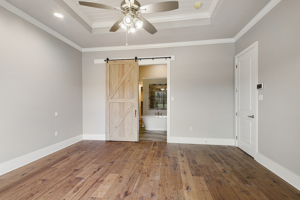
1. Add Privacy
During the pandemic, the stay-at-home orders meant that we were all in our homes 24/7. Privacy and concealing unattractive space became very important. A barn door can add a good-looking feature to your space that can keep clutter out of view. A great example is concealing a children’s playroom. A barn door can hide the jumble of toys, games and books that can create chaos. A barn door can cover an open shelved kitchen pantry or create a door to an en-suite bathroom.
2. Refresh Your Style
Barn doors are a great look and are more design-forward than you might think. “Homeowners often consider barn doors a solution only in rustic homes,” Michael Truelove, senior product manager for interior doors at Masonite says, “but today’s styles can be anything from modern to industrial to classic and more. The great thing about barn doors is they cover a cross-section of design trends. I wouldn’t say one style is more versatile than the rest, since it depends on style preference and use case.”
3. Save Space
Even if you have a big home, a barn door can help with space issues. For example, if you have an area where a conventional door will not work like a narrow hallway. If you want to give a guest bath, a closet or even a small mudroom privacy and they flow out to a narrow hallway then a barn door will fix the issue. In the past, pocket doors have been our only option but they are not as easy to install or maintain. “Like pocket doors, barn doors take up less space than hinged doors, but in this case, all of the hardware, including the track, is outside of the wall and easy to access,” Truelove says.
Masonite is the perfect company for the job. “We make a few recommendations to ensure the best and safest installation of our doors,” Truelove says. “First, measure the width of your opening and available horizontal and vertical wall space to be sure you purchase the right size door, and read the instructions carefully before you begin.” Keep in mind the kits are designed to work as a total system and any modifications will void the warranty and may cause the unit to work improperly. Truelove recommends that, due to the weight of the doors, you don’t try to go it alone. “And don’t forget to wear appropriate personal protective equipment like gloves and safety goggles,” he says.

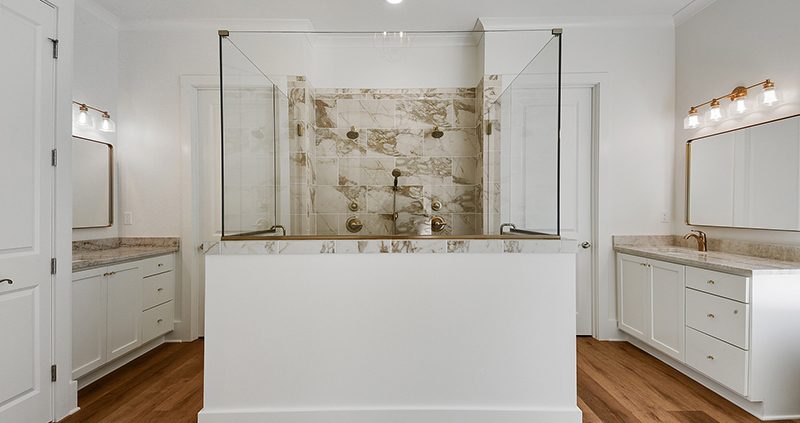
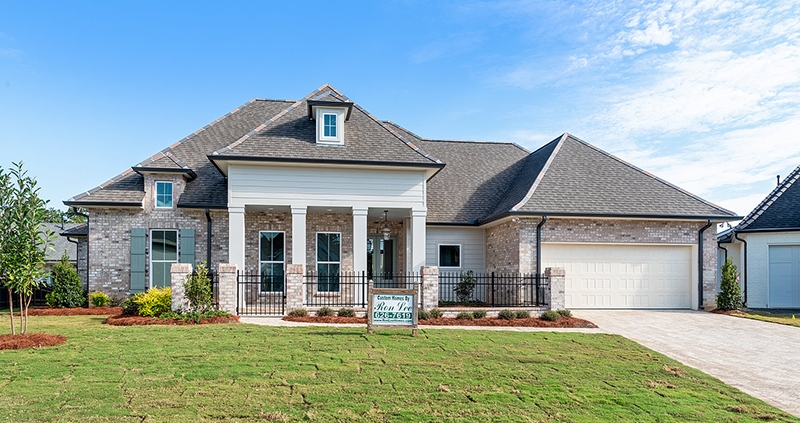
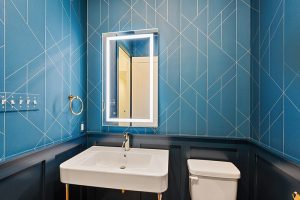
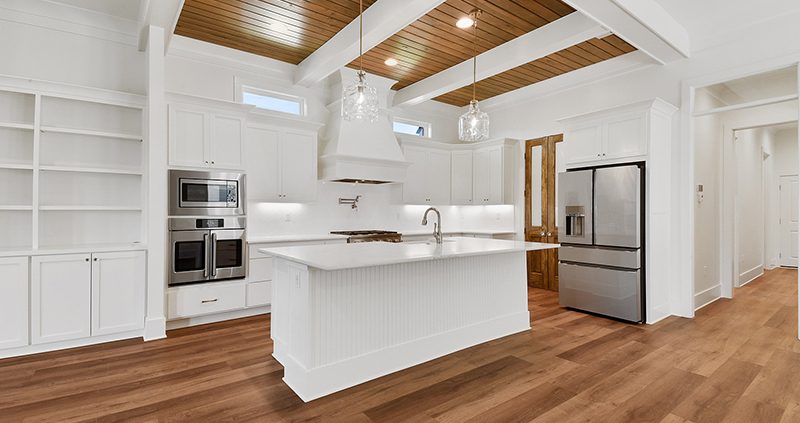
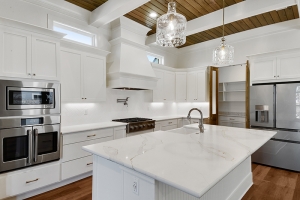
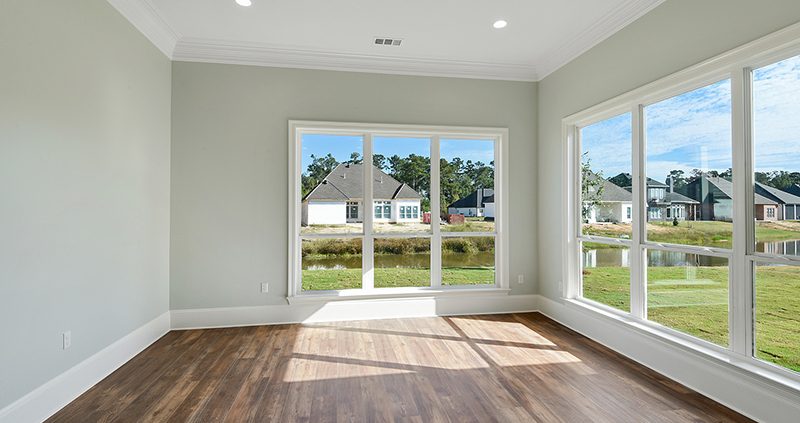
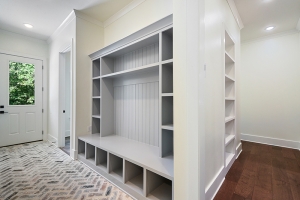
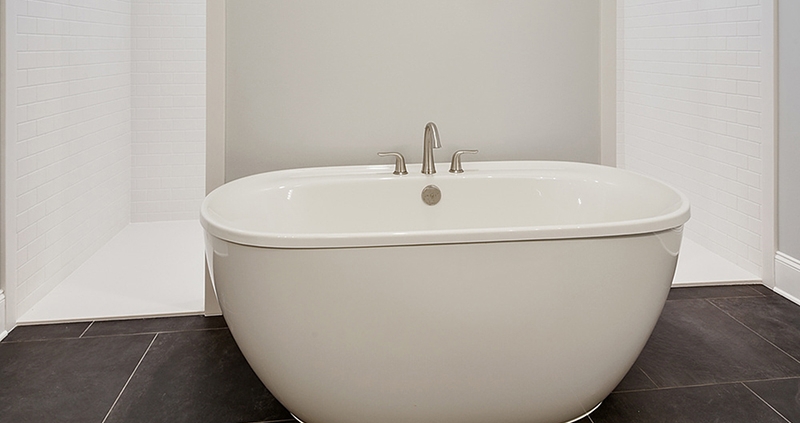
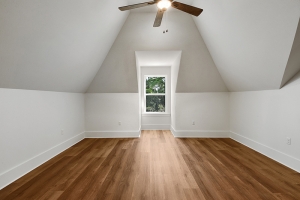
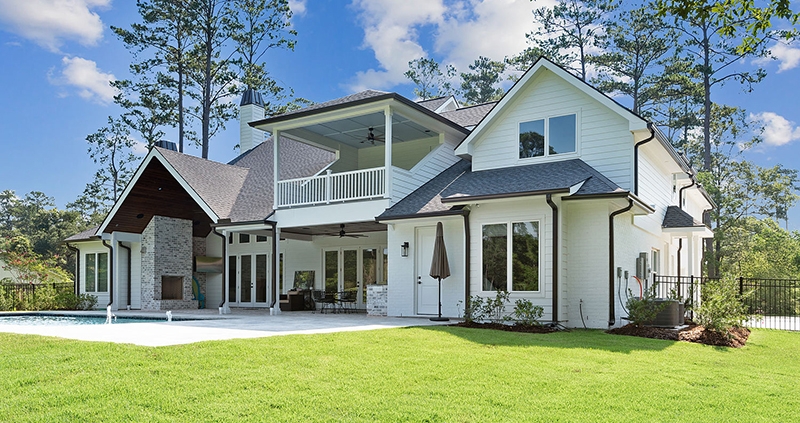
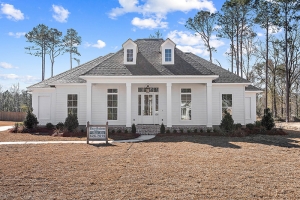
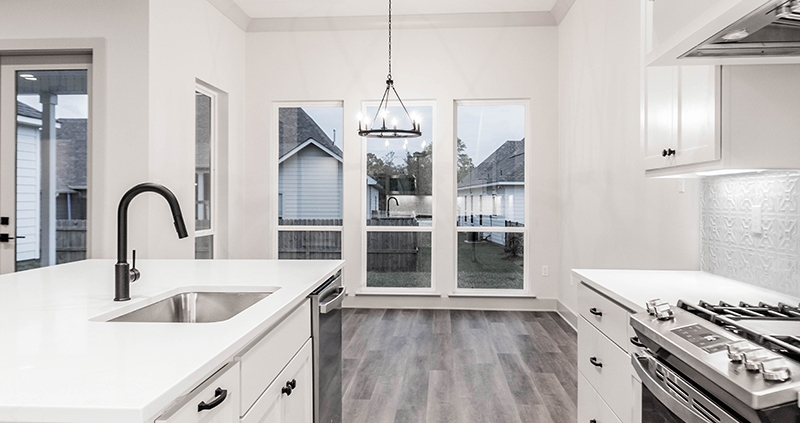
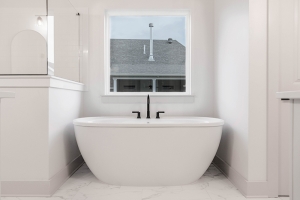
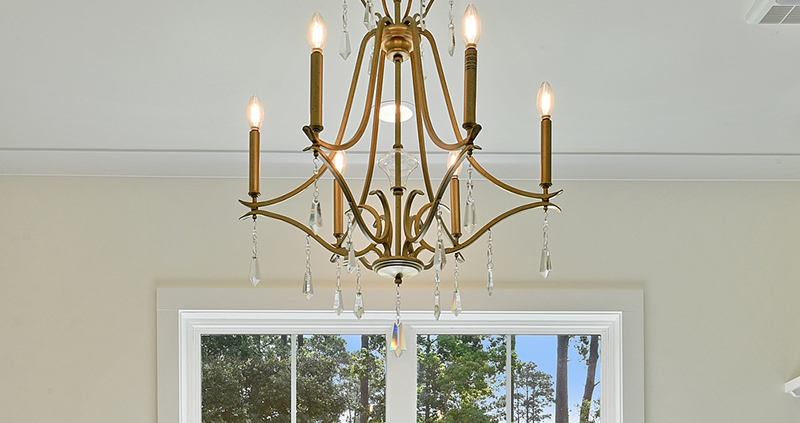
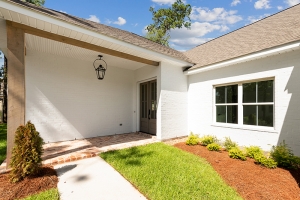
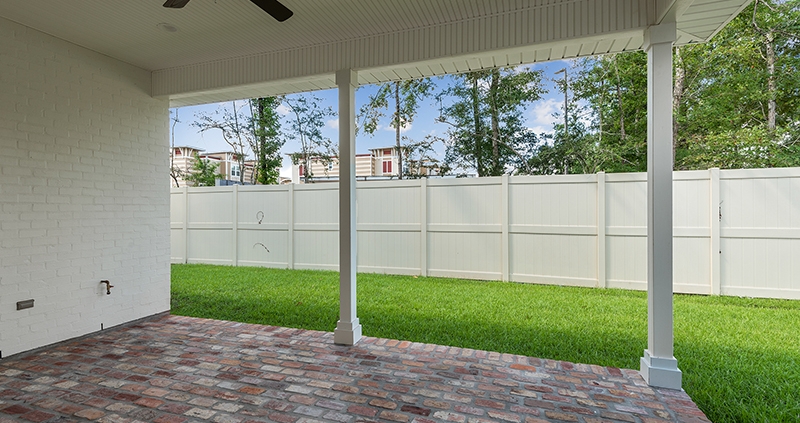
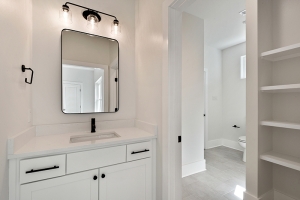
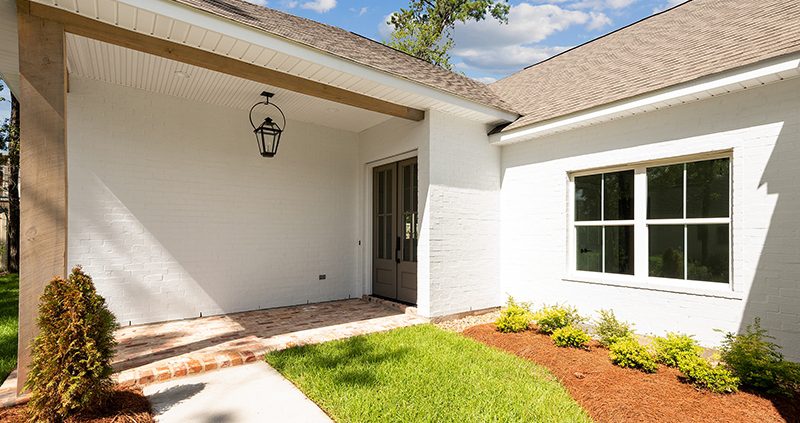
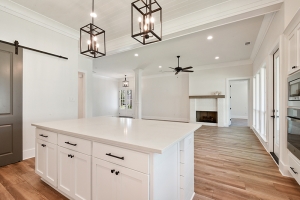 According to the data found in the
According to the data found in the 